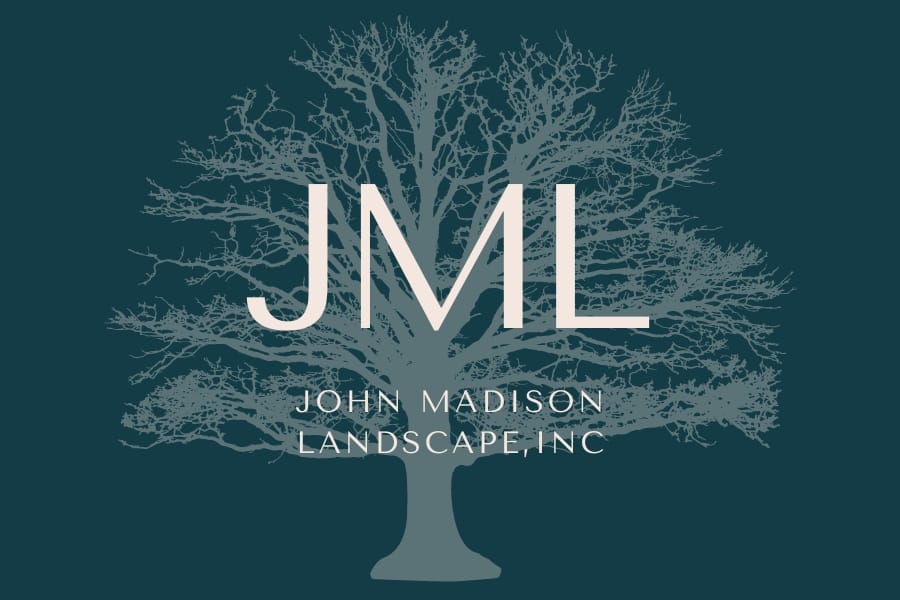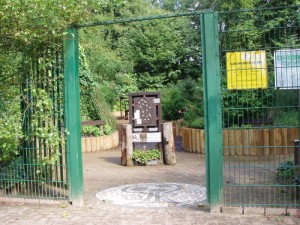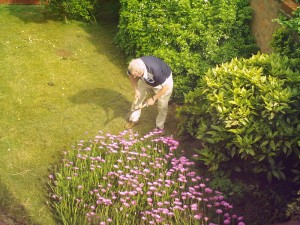A sensory garden is a garden or a piece of land that is dedicated specifically to the purpose of visitors enjoying it with all their five senses. It can include water features that make noise and you can dip your hands in, sculptures, scented and/or edible plants, and braille or other instruments catered to special needs. The design and layout is presented in such a way that it provides a stimulating journey through the senses, providing both healing and a sense of calm. Using services of Tree lopping perth the garden has a beautiful canopy through which visitors can walk and enjoy thier time there. Sensory gardens, or therapeutic gardens as they’re sometimes called, can be found most commonly in hospitals, nursing homes, rehabilitation centers, or other related healthcare and residential environments.
Some sensory gardens can devote themselves to providing experience for one sense in particular; those specializing in scent are sometimes called scented gardens; those focused in music/sound are called sound gardens, where the plot can provide an enhanced opportunity for improved development and educational skills. Depending on what audience the garden is aimed for, other provisions may combine sound and music more centrally focused on younger visitors in order to combine their play needs with their sensory stimulating needs. The purpose of such resources are to provide both individual and combined sensory opportunities for the person that they may not normally experience on their own or in their everyday life.
Sensory gardens can sometimes have an enhanced infrastructure to permit wheelchair access and meet other accessibility concerns, especially if it will be commonly used as a therapeutic retreat. The majority of the elements in a sensory garden should be plant related, such as perennials that attract hummingbirds, shrubs that attract butterflies, and water features for gold fish and Koi. Plants used in the garden should be non-toxic and low-maintenance, and using native plants that will thrive easily should also be considered in the overall design. Attracting nature, such as butterflies, gold finch, and hummingbirds into the sensory garden is important, since it can provide both a sense of calm and stimulation to the users. The development of the garden is typically accomplished by a design team, often led by a landscape designer, not unlike John Madison, or another professional that is trained in the design and development of these types of gardens. Click here if you would like to see a garden package we have created that is catered towards attracting butterflies, or if you would like a free estimate from John Madison Landscape, call our office at 407-935-9151 or click here.



0 Comments